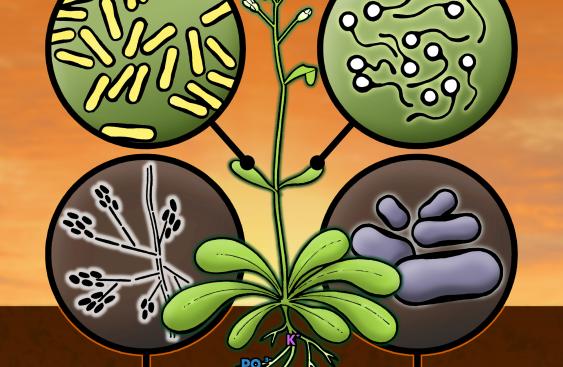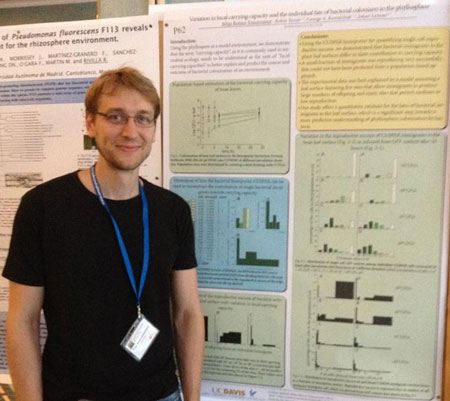Scope
Our overall goal for the Symposium is to explore the potential of combining next generation sequencing techniques, metagenomic approaches and quantitative plant genetics to infer first principles underlying the organization of plant–microbe communities. We hope that the outcome of this Symposium will contribute to the establishment of best practices for studies on the microbiota of plants in both laboratory conditions and in natural settings.
In order for the Symposium to succeed, we are bringing together researchers working in genetics/genomics, soil science, microbiology, computational biology, and plant and microbial physiology. We hope that this rather disparate group of experts can help us to better understand the origins, functions and ecology of microbial communities in the phyllo- and rhizosphere, helping to bridge the gap between soil and plant sciences. By applying this knowledge, we hope to elucidate how humans influence plant microbiota through domestication and agricultural practices.
There are several large questions that present exciting opportunities for the next generation of plant–microbe interaction studies. These include: How do plants feed and structure microbial rhizosphere communities to their advantage? Is the taxonomic diversity of microbiota related to functional diversity? Does this extend to entire energy webs in ecosystems? And, can the notoriously low heritability of plant growth be accounted for by large environmental interactions with microbial assemblies in the rhizosphere which are, in turn, influenced by soil types? Answering these questions will require multidisciplinary approaches that will be reflected in presentations at this Symposium
Abstract book
Download the 28th NPS abstract book
Additionally, a meeting report from the 28th NPS entitled Culturing a plant microbiome community at the cross-Rhodes by Sarah L. Lebeis, Matthias Rott, Jeffery L. Dangl and Paul Schulze-Lefert is published online.
Organising committee
Jeff Dangl, University of North Carolina, USA
Paul Schulze-Lefert, Max Planck Institute for Plant Breeding Research, Germany
Parts of this page may have been imported from a previous website. If you spot any errors on this page please contact us using the link below.



